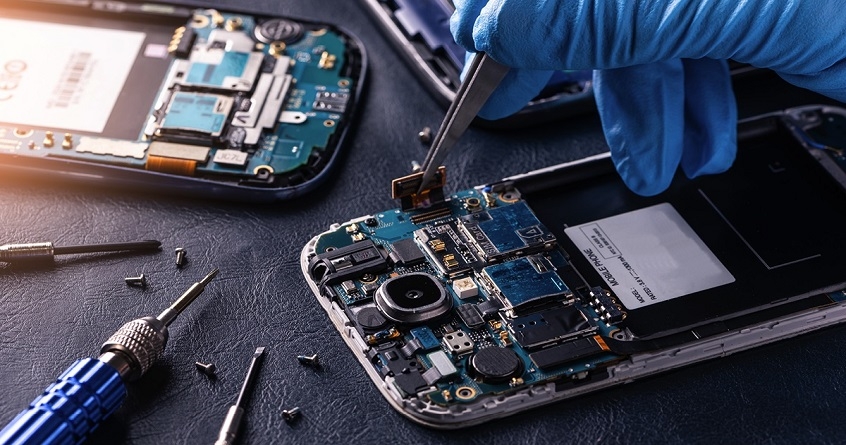Blog by Kabeer: Empowering Consumers and Promoting Sustainability: The Right-to-Repair Movement
Total Views |

Representative image from Internet
In a world where technological innovation seems to accelerate with each passing day, there is an intriguing revolution taking place among customers. A growing number of people are rejecting the cycle of ongoing replacement and disposability in electronics like phones and laptops in favor of a path that promotes repair as an effective movement embracing thrift, environmental responsibility, and consumer unity. This movement has rightly been named as ‘The Right-to-Repair Movement’ and it is all the buzz among consumers, big technology corporations and law makers across the world.
Financial Implications
At the heart of this movement lies an economic consideration that resonates with consumers across the globe. The once-luxurious smartphones have evolved into necessary items for modern life, yet many have questioned the economics of the smartphone market due to the high costs and constant release of new models that happens in mobile phones every year. Enter repair. Choosing to repair a smartphone rather than replacing it with a new model can yield substantial financial benefits, freeing up resources for other pressing needs and desires.
Environmental Implications
However, the right-to-repair movement's appeal goes far beyond its immediate economic impact. Individuals are becoming more aware of their role in reducing this urgent environmental challenge our planet is facing which is E-waste or Electronic waste. Consumers who choose to repair and reuse existing technology are actively combating resource depletion, energy waste, and the pollution brought on by both the manufacturing and disposal processes. Every repaired smartphone essentially becomes a tangible representation of a decision made with the environment in mind, resonating the call for a more sustainable and mindful future.
Repair Shops
Central to this movement are independent repair shops, often tucked away in local communities. These unsung heroes provide more than just repair services; they offer personalized attention, a sense of connection, and a departure from the sterile, assembly-line experience often associated with manufacturer repair services. By choosing to support these local establishments, consumers are not only endorsing sustainable practices but also contributing to the vibrancy of their local economies, fostering a spirit of communal support and shared responsibility.
Corporate Side
As consumers gain awareness and leverage their collective voice, major tech corporations are feeling the pressure to address concerns regarding transparency and fairness. The strategies used by giant corporations to hinder repairability, such as proprietary components and intricate designs meant to stymie DIY repairs make the repair process very hard for the consumers. This growing awareness is catalyzing change, prompting corporations to reevaluate their strategies. The right-to-repair movement is causing a paradigm shift in the manufacturing industry, forcing them to put durability, repairability, and consumer empowerment ahead of the allure of planned obsolescence.
Legislative Side
As consumer demand for repairability grows, lawmakers are beginning to take action. Laws that support the right to repair and promote environmentally friendly product design are becoming more and more necessary. Policymakers understand that empowering repair options support the principles of a circular economy, which highlight long product lifespans and waste reduction. EU has made laws so that all phones have the same C-type USB connection to reduce waste cables and a need for a removable battery and mandatory in-box charger that many companies have skipped in their phones
In conclusion, the right-to-repair movement is more than just a passing fad; it represents a transformative ideology. It signifies a significant shift away from the disposable culture that has for far too long dominated consumer behavior. Customers who choose repair are pragmatic with their money, environmentally conscious, and active in their communities. Repairing our electronics and mobile devices makes a powerful statement in favor of sustainability, accountability, and a moderate use of technology. As more consumers, policymakers, and companies join this movement, the idea of a more circular and sustainable future for electronic devices becomes more and more tangible. The path to repair includes more than just making a choice; it also involves progressing toward a society where deliberate actions result in a brighter and more promising future. With the collective embrace of repair, we are entering a new era where thoughtful choices create a future that benefits both people and the planet we call home.
Kabeer Milind Patil,
Student,
Nagpur
Disclaimer: Blog is a free platform. Hence, the views expressed are those of the author.








